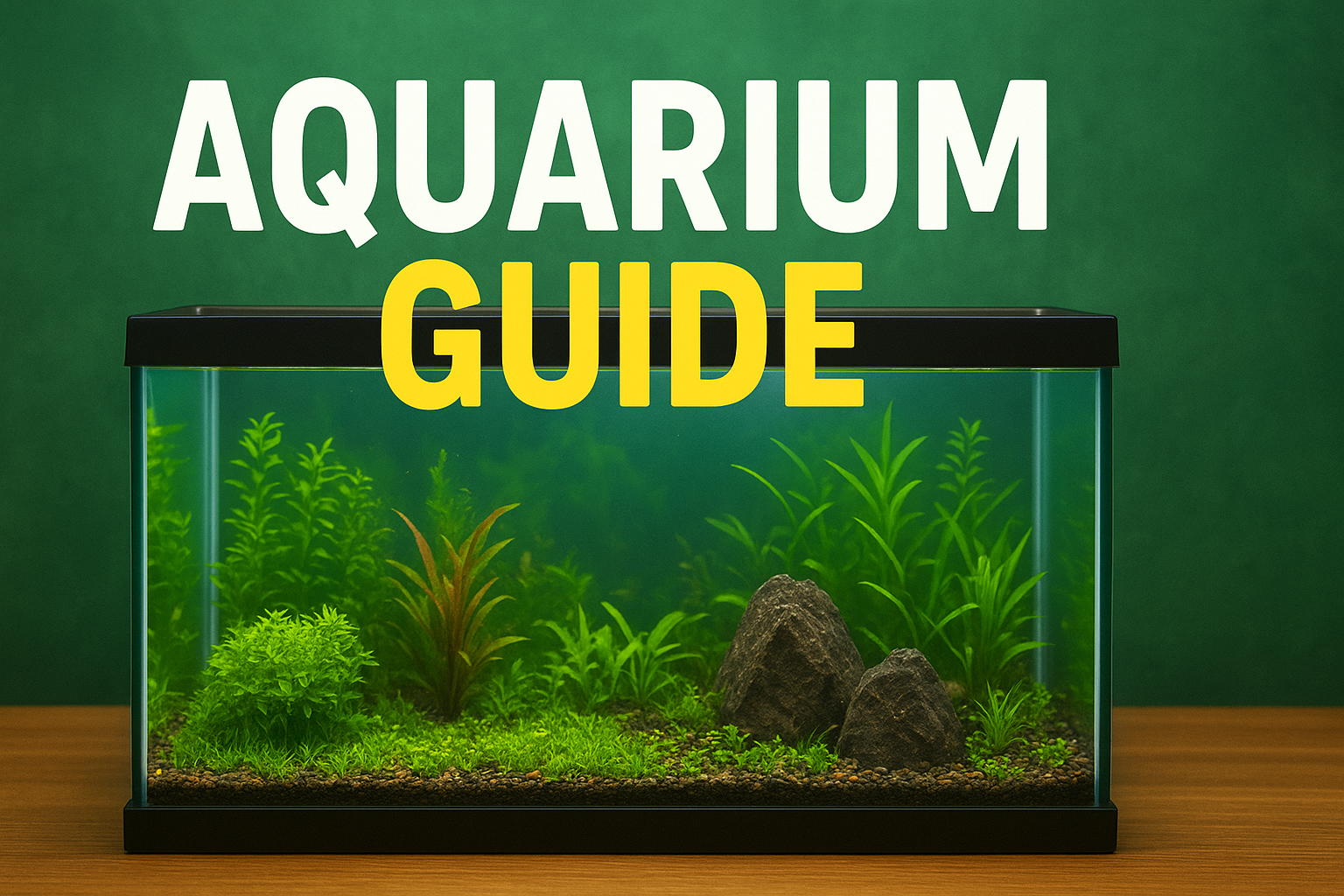Aquariums are more than just glass tanks filled with water and fish—they are living ecosystems that bring beauty, relaxation, and nature into your home. Whether you want a small freshwater tank for guppies or an elaborate saltwater reef setup with corals and exotic fish, having a detailed aquarium guide will help you create and maintain a thriving aquatic environment.
This comprehensive aquarium guide will walk you through everything from choosing the right tank and equipment to aquascaping, fish selection, maintenance, and troubleshooting.
Why You Need an Aquarium Guide
Setting up an aquarium without proper knowledge can lead to problems such as cloudy water, algae overgrowth, or even fish deaths. A complete aquarium guide ensures:
- Proper planning and setup for long-term success
- Healthy living conditions for fish, shrimp, snails, and plants
- Balanced water chemistry and filtration
- A beautiful aquascape that adds life to your space
- Prevention of common mistakes beginners often make
Types of Aquariums
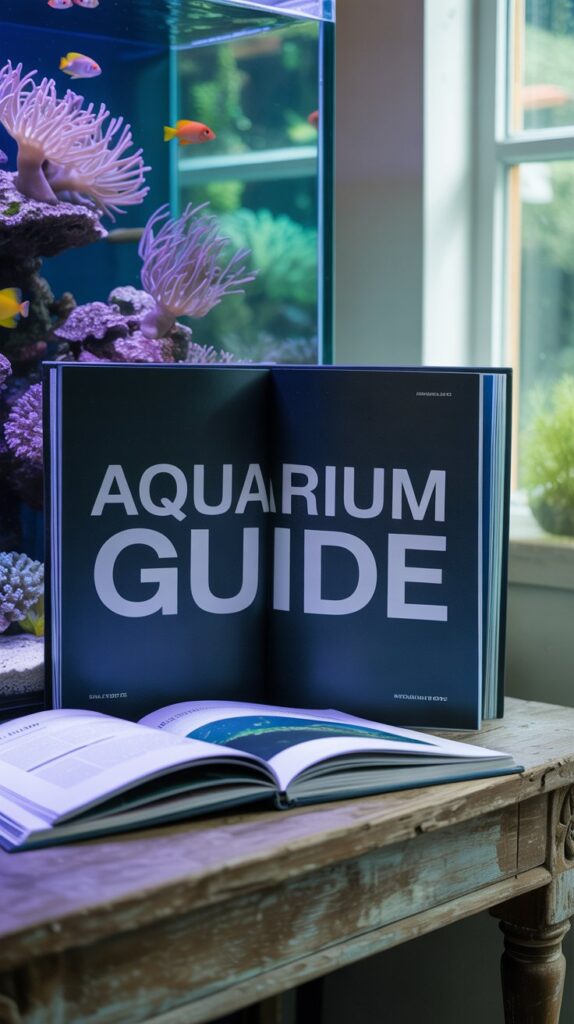
Before starting your aquarium journey, it’s important to know the different types of aquariums you can set up.
1. Freshwater Aquarium
- Most common and beginner-friendly
- Wide variety of fish like guppies, mollies, tetras, and bettas
- Can include live plants or artificial decorations
2. Saltwater Aquarium
- More advanced but visually stunning
- Home to colorful marine fish like clownfish, tangs, and gobies
- May also include reef aquariums with live corals and anemones
3. Planted Aquarium
- Focuses on growing live aquatic plants
- Creates a natural, self-sustaining ecosystem
- Styles include Dutch, Iwagumi, Nature, and Jungle aquascaping
4. Brackish Aquarium
- Mix of freshwater and saltwater
- Suitable for species like pufferfish, mollies, and scats
5. Biotope Aquarium
- Replicates a specific natural habitat
- Includes native plants, fish, rocks, and substrate
Essential Equipment for an Aquarium Setup
This aquarium guide emphasizes using the right equipment to ensure a stable and healthy environment.
- Aquarium Tank – Choose size depending on available space and experience. Beginners often start with 20–30 gallons.
- Stand or Cabinet – Must support the weight of the filled aquarium.
- Filter System – Removes waste and toxins, ensures clean water.
- Heater – Maintains proper water temperature for tropical fish.
- Lighting – Provides energy for live plants and highlights fish colors.
- Substrate – Gravel, sand, or soil depending on plant and fish choice.
- Air Pump & Air Stone – Increases oxygen levels and water circulation.
- Thermometer – Monitors water temperature.
- Water Conditioner – Neutralizes chlorine and heavy metals from tap water.
- Aquarium Test Kit – Tracks pH, ammonia, nitrites, and nitrates.
- Decorations – Rocks, driftwood, caves, or artificial ornaments.
Step-by-Step Aquarium Guide
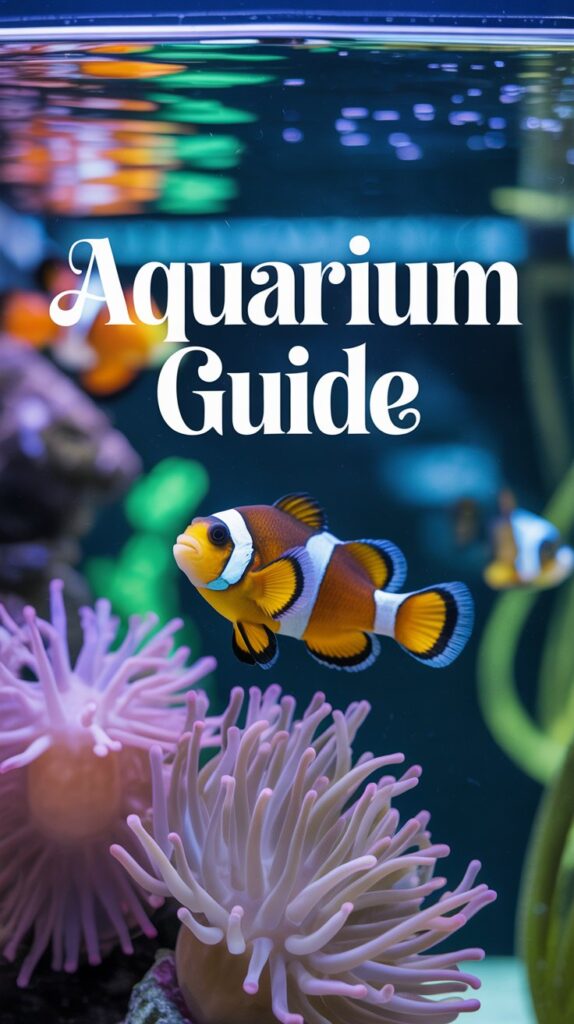
Step 1: Choosing the Right Tank
- For beginners, 20–30 gallons is recommended.
- Larger tanks are easier to maintain than smaller ones.
- Decide on shape (rectangular is easiest to clean).
Step 2: Selecting the Location
- Avoid direct sunlight to reduce algae growth.
- Place on a stable surface that can handle weight.
- Keep near electrical outlets but away from high-traffic areas.
Step 3: Preparing Substrate and Decorations
- Rinse gravel or sand before adding.
- Layer 2–3 inches of substrate.
- Position hardscape (rocks, driftwood) before adding water.
Step 4: Filling with Water
- Use dechlorinated or conditioned tap water.
- For saltwater aquariums, mix marine salt to the correct salinity.
- Fill slowly to avoid disturbing substrate.
Step 5: Installing Equipment
- Set up filter, heater, and air pump.
- Adjust lighting for plants and fish species.
- Place thermometer inside the tank.
Step 6: Cycling the Aquarium
- The nitrogen cycle establishes beneficial bacteria.
- Run the aquarium for 4–6 weeks before adding fish.
- Test water regularly for ammonia, nitrites, and nitrates.
Step 7: Adding Plants and Fish
- Start with hardy plants like Java Fern, Anubias, and Amazon Sword.
- Introduce a few fish at a time to avoid overloading the filter.
- Gradually build your fish community.
Best Fish for Beginners
This aquarium guide recommends hardy, peaceful, and low-maintenance fish for new hobbyists:
- Guppies
- Mollies
- Platies
- Neon Tetras
- Zebra Danios
- Corydoras Catfish
- Betta Fish (single male in a community tank with caution)
Best Plants for Aquariums
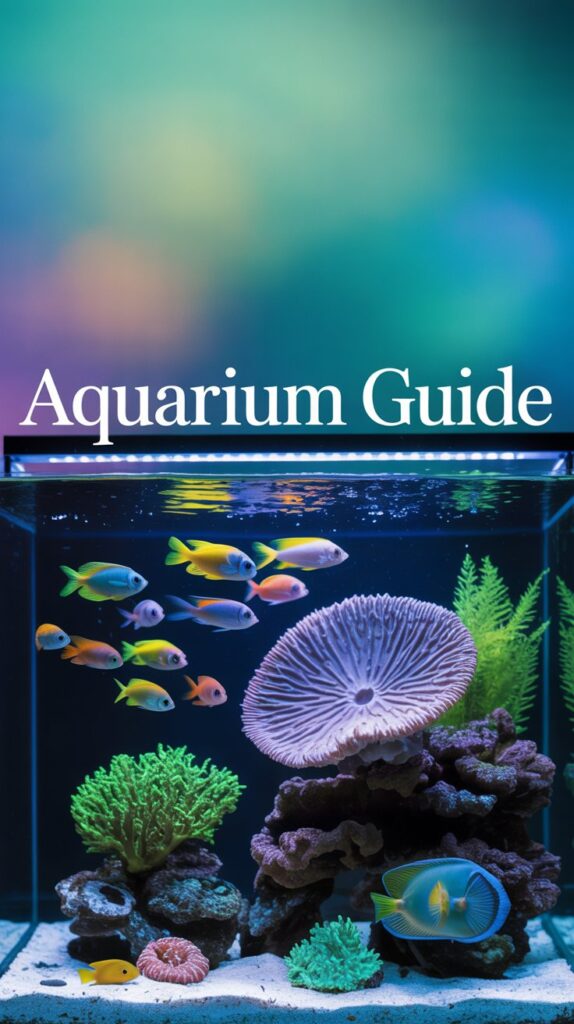
Adding live plants enhances water quality and creates a natural look.
- Java Moss – Great for shrimp and fry hiding spots
- Anubias Nana – Hardy and slow-growing
- Amazon Sword – Large background plant
- Cryptocoryne – Ideal mid-ground plant
- Hornwort – Fast-growing oxygenator
Common Aquarium Mistakes to Avoid
- Adding fish too early – Leads to ammonia spikes.
- Overfeeding – Causes waste buildup and algae.
- Overstocking – Too many fish stress the ecosystem.
- Ignoring water testing – pH and ammonia imbalance harm fish.
- Wrong tank mates – Aggressive fish may attack peaceful ones.
- Neglecting maintenance – Leads to dirty water and sick fish.
Maintenance Guide for Aquariums
- Weekly water changes (20–30%).
- Clean the glass using algae scrapers.
- Vacuum substrate to remove debris.
- Trim plants regularly to prevent overgrowth.
- Monitor equipment to ensure proper functioning.
- Test water parameters every week.
Advanced Aquarium Guide Tips
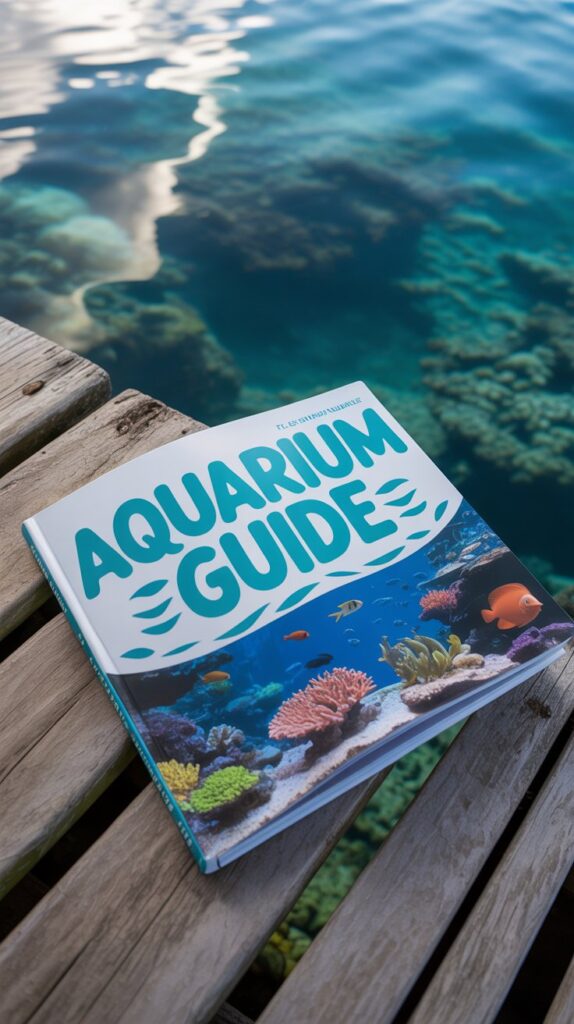
- Aquascaping Styles: Try Iwagumi (stone-based minimalism), Dutch (colorful plants), or Nature Aquarium (landscape-inspired).
- Reef Tanks: Add corals and live rock for a stunning saltwater display.
- Paludarium Setup: Combine land and water for amphibians, reptiles, and fish.
- Breeding Tanks: Set up separate aquariums for fish breeding projects.
Troubleshooting Common Problems
- Cloudy Water: Caused by bacteria bloom or overfeeding. Solution: Water changes and reduced feeding.
- Algae Growth: Due to excess light or nutrients. Solution: Reduce lighting, add algae eaters (shrimp, snails).
- Fish Illness: Quarantine new fish before adding them. Treat diseases early with medications.
- Plant Melting: Common when plants adapt to new water. Solution: Be patient and provide nutrients.
Conclusion
This aquarium guide shows that fishkeeping is both science and art. A well-planned aquarium provides a healthy, thriving environment for aquatic life while bringing natural beauty into your space. With the right equipment, fish, plants, and care, anyone can create a long-lasting and stunning aquarium.
Patience, consistency, and proper knowledge are the keys to success. Whether you are starting with a freshwater tank or aiming for a complex saltwater reef, following this aquarium guide will help you achieve your dream aquatic setup.
FAQs About Aquarium Guide
Q1: How long should I wait before adding fish to a new aquarium?
You should wait 4–6 weeks for the nitrogen cycle to complete.
Q2: What size aquarium is best for beginners?
A 20–30 gallon freshwater tank is ideal for beginners.
Q3: Can I use tap water in my aquarium?
Yes, but treat it with a water conditioner to remove chlorine.
Q4: Do I need a filter in my aquarium?
Yes, filters keep water clean and safe by removing toxins.
Q5: What is the easiest fish to keep for beginners?
Guppies, mollies, platies, and tetras are hardy and beginner-friendly.
Q6: How many hours should aquarium lights be on?
8–10 hours daily is ideal for most aquariums.
Q7: How often should I clean my aquarium?
Do partial water changes weekly and deep clean monthly.
Q8: Can I keep saltwater fish in a freshwater aquarium?
No, saltwater fish cannot survive in freshwater.
Q9: What fish are good for community aquariums?
Tetras, guppies, rasboras, and corydoras are peaceful choices.
Q10: Do aquariums need heaters?
Tropical fish require heaters, while coldwater fish like goldfish do not.

